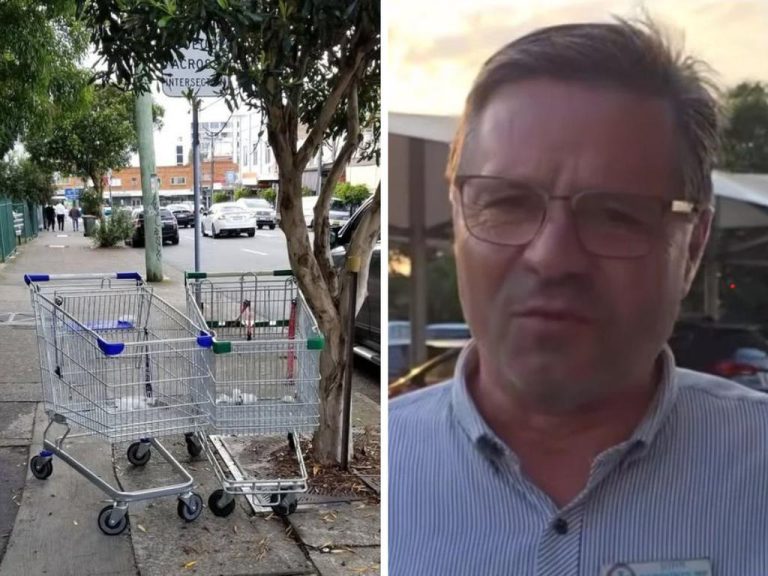Northern Exposure: top end to take off?

Ducking cyclones, dealing with jumps in insurance premiums and capitalising on growth are all part of the game for investors in Australia’s northern cities, Paul Thornhill finds.
A quick glance at Darwin’s headlines may leave you wondering why investors are heading for the Top End. After all, a threatened refinery closure, oncoming cyclones and walkabout crocodiles doesn’t sound like your typical week in Sydney or Adelaide.
But in Australia’s north, challenges natural and man-made are par for the course, as are a fast growing economy and big plans for the future.
After a four-day soaking courtesy of Cyclone Alessia, I spoke to Brendan Dunn, President of the Property Council in the Northern Territory and LJ Hooker Commercial’s General Manager, about the outlook for Darwin.
“It is a small market but the potential for growth here is better than for the rest of Australia,” Dunn told RealCommercial.
In northern cities, a few industries can have a big impact and Dunn tells me a shutdown of the Gove refinery would feed back into Darwin’s investment community as the shutdown of the live cattle export trade did two years ago.
But he expects growth to continue, thanks in large part to the expansion of the energy and mining sectors and development around Darwin’s rail head and port facilities.
“Town planning here has been turned upside down with plans for a satellite town abandoned, but there’s a construction boom centred on the industrial corridors and Darwin’s CBD,” Dunn said.
“The latter may lead to some oversupply as governments account for 75% of office space leased in the CBD and their demand looks set to actually decrease.”
“Against this, the ADF is constantly updating accommodation and logistics facilities,” Dunn tells me, “and the numbers of US Marines will rise from 500 to 2,500 over the next couple of years.”
“Three thousand new residential units are being built in Darwin but by the time they’re finished, I suspect we will need more to house a growing population.”
“To get the right asset, investors may need to take a risk as commercial property is tightly held by Darwin’s families. I would start in the industrial sector, where a purpose-built facility developed on spec may return 8% or a little higher.”
On the east coast, Danny Betros, Managing Director of CBRE in Cairns holds a similar view of faster growth than the rest of Australia.
“Residential, which leads the cycle here, is going well while commercial property, particularly retail, is flat at the moment. But vacancies are low and better returns lie ahead,” Betros said.
Tourism is a driver of employment and Betros points out that “Cairns hosts an extra 50,000 people a night during the peak and events in 2014 like the G20 Finance Committee and the Australian Tourism Exchange which will deliver huge numbers of visitors”.
He doesn’t hesitate when asked about the challenges: “Insurance premiums jumped by 2 to 3 times following Cyclone Yasi, driving up costs across the board. We’re being gouged and southern politicians just don’t seem to understand this at all.”
“Over 26 years in the property game, the biggest mistake I’ve seen from investors is impatience. If an investor buys a brand new shiny office space, the only way that’s ever going to go is down.”
“My three rules for achieving capital growth, apart from the obvious one of location, is to look for yield compression and target a property where you can improve rental income and have the potential to add value.
“The right asset in a strong position will pull you through any headwinds.”







